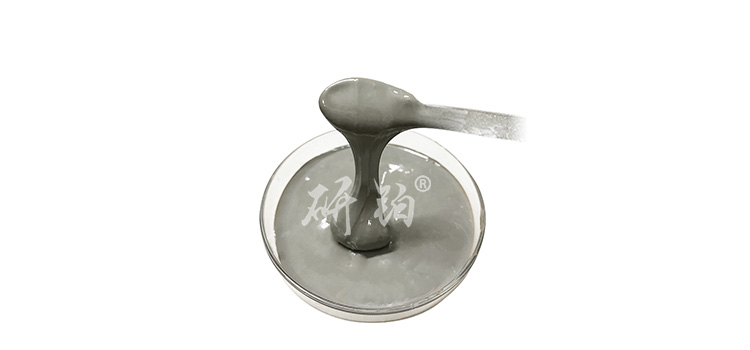Silver palladium conductor pastePlays an important role in the production and preparation of thick film circuits and related separation components. This article will discuss the performance characteristics and recommended usage processes of silver palladium conductor paste, providing readers with a comprehensive understanding and reference.
1、 Appearance characteristics of silver palladium conductor paste
The silver palladium conductor paste presents a uniformly colored paste, and as the palladium content increases, the color changes from light to dark gray. This appearance feature not only gives the silver palladium conductor paste a beautiful visual effect, but also reflects the proportion and content of silver and palladium in it.

2、 Performance indicators of silver palladium conductor paste
1. Silver/palladium ratio: Different silver/palladium ratios can be selected for silver palladium conductor paste according to different needs, such as 97/3, 95/5, 90/10, 85/15, 80/20, etc. Different proportions of silver palladium conductor paste may exhibit different behaviors in terms of conductivity, thermal expansion coefficient, and other aspects.
2. Solid content: The solid content of silver palladium conductor slurry is 81 ± 1%, which refers to the proportion of solid substances in the entire slurry. The level of solid content directly affects the consistency and viscosity of the slurry, and has a certain impact on the subsequent printing and drying processes.
3. Fineness:
Silver palladium conductor pasteThe fineness should not exceed 10 µ m. The fineness is related to the printing uniformity of the conductor paste. The smaller the fineness, the smaller the gap between the paste particles, and the more uniform the thickness of the printed conductor layer.
4. Viscosity: The viscosity of silver palladium conductor paste is generally 400 ± 100 Pa · s. The viscosity is related to the fluidity and adhesion of the slurry, and excessively high or low viscosity can have adverse effects on printing and sintering processes.
5. Square resistance: The square resistance range of silver palladium conductor paste is 3-5 m Ω/□. Square resistance can reflect the conductivity of conductor paste, and the smaller the square resistance, the better the conductivity.
3、 Recommended process for using silver palladium conductor paste
1. Stirring: Before use, gently stir the silver palladium conductor slurry to ensure that the components are fully mixed evenly.
2. Printing thickness: The recommended printing thickness for silver palladium conductor paste is 10-15 µ m. The control of printing thickness is related to the smoothness and uniformity of the conductor layer, and should be adjusted according to specific needs.
3. Material and mesh size of wire mesh: It is recommended to use nylon wire mesh (250-300 mesh in the imperial system) or stainless steel wire mesh (260-325 mesh in the imperial system). The selection of wire mesh needs to consider the size of silver palladium conductor paste particles and the size of gaps to ensure uniform printing of the paste.
4. Drying: After printing, place the silver palladium conductor paste in a 150 ℃ oven or under an infrared lamp for 15 minutes to dry. The purpose of drying is to remove solvents from the slurry, so that the conductor layer can better adhere to the substrate.
5. Sintering process: It is recommended to use a tunnel furnace for sintering, with a peak sintering temperature of 850 ± 10 ℃, a peak holding time of 10 minutes, and a sintering cycle of 45-60 minutes. The control of sintering process is related to the density and stability of the conductor layer, as well as the improvement of conductivity.
to make a long story short,
Silver palladium conductor pasteAs a material commonly used in the production and preparation of thick film circuits and related separation components, it has excellent conductivity and stable process characteristics. By selecting the appropriate silver/palladium ratio, controlling performance indicators such as solid content, fineness, viscosity, and adopting appropriate process parameters, uniform printing and efficient sintering of the conductor layer can be achieved to meet the needs of different application scenarios.





